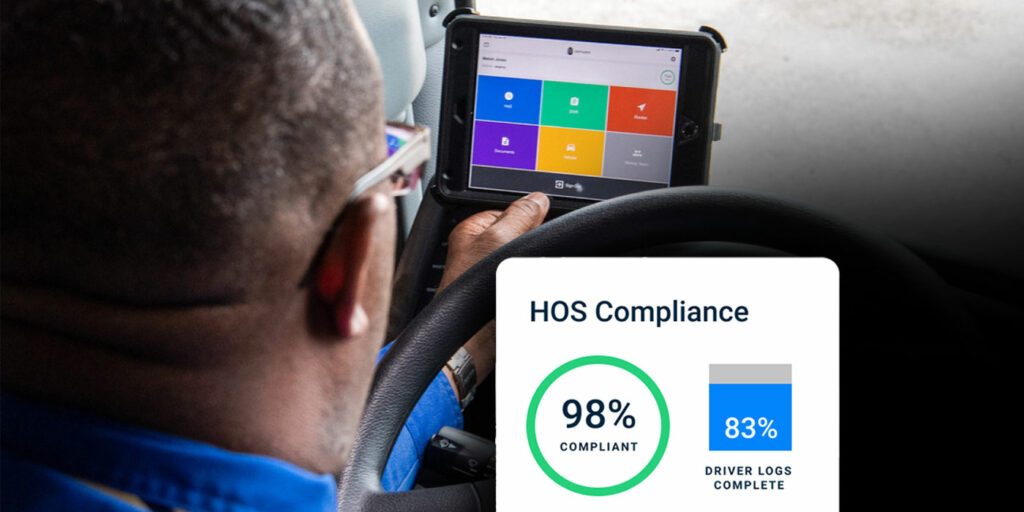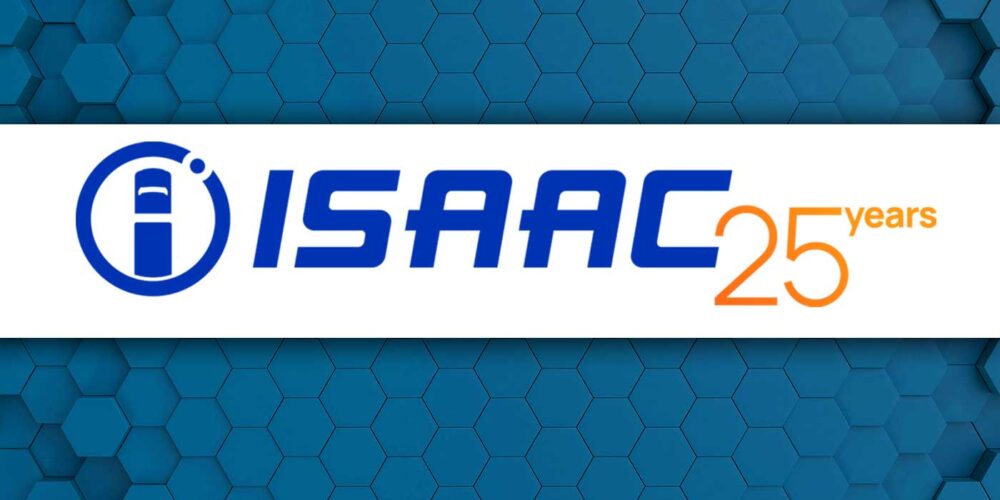As of June 12, the Canadian ELD mandate is officially in effect. This mandate aims to increase road safety across all Canadian provinces and territories by requiring that commercial motor vehicle drivers subject to hours of service requirements in Canada use ELDs. Although this mandate was first announced back in 2019, Transport Canada’s approach to mandate enforcement has evolved rapidly over the last few months. With all of these changes, it can be challenging for fleets who operate in Canada to understand what exactly they need to do to keep their operations safe and compliant.
What you need to do to navigate the current progressive enforcement period can be broken down into three main categories: understanding how the enforcement works, committing to early adoption, and finding a technology partner that supports your transition strategy.
Understand how the Canadian ELD mandate will be enforced
When the Canadian ELD mandate was introduced in June 2019, Transport Canada announced plans for a “24-month implementation period to allow time for the certification of ELD models and their implementation by motor carriers.” This set the ELD enforcement deadline to June 2021. However in recent months, Transport Canada adjusted its approach to enforcing the mandate. Now, rather than strict enforcement of the mandate with penalties beginning on June 12, Transport Canada will work with the provinces and territories “on the successful and effective implementation of a progressive enforcement period” consisting of education and awareness.
This means that currently ELDs are encouraged, but not required, and there will be no penalties for fleets or drivers who do not have a certified ELD during this time. Instead, enforcement officials will focus on elevated education and awareness programs. And while the ELD mandate is a federal regulation, the provinces and territories are responsible for enforcing it. According to the Canadian Council of Motor Transport Administrators (CCMTA)—an organization made up of representatives from provincial and territorial governments as well as the federal government of Canada—this progressive enforcement period will last through June 12, 2022.
Evaluate and adopt ELDs early
Even though full enforcement won’t begin until next year, it’s recommended that you start your ELD transition early. That’s because complying with the mandate isn’t just about procuring a device; it’s about preparing your entire organization to change compliance workflows, which can take time and planning.
It’s also important to remember all of the added benefits to rolling out an ELD, beyond compliance with this mandate. ELDs can generate a lot of valuable data, from vehicle diagnostics and maintenance, to real-time GPS location. Fleets can and should use this as an opportunity to implement new workflows that increase efficiency across their entire operations.
For a Canadian fleet who is entirely new to ELDs, the first step is to figure out how this ELD technology will be used across the organization. It’s critical to get everyone on the same page about what types of data you might want from your ELD, resources, budget and timeline to help kick off this project quickly. Not only will an early adoption approach help you smooth the transition for your team, but it means you can also implement new workflows that increase efficiency across your entire operations.
It might also make sense to roll out an initial pilot program before introducing the new ELD system to your full fleet. Select a small group of drivers who know the needs of your organization, have the trust of their fellow drivers, and are willing to give honest feedback. Let them use the system for a few weeks and carefully note any pain points, best practices, or suggestions, so that you can adjust your larger implementation and training strategy appropriately.
Find a partner that supports your transition strategy
Choosing a provider who already offers support for Canada hours of service and electronic log transfers might help ease you through this mandate transition. Without the right workflows and built-in tools from your ELD provider, it can be a time-consuming process to do things like manage unassigned hours of service manually.
For fleets who are planning to use an ELD for the first time, it will be critical to build out a detailed installation plan once you’ve identified your provider. Installation time depends heavily on the size, location, and type of fleet that you have. Thinking through details such as who will be installing those devices, what kind of vehicles you’re installing them in, and what mobile devices drivers can use to record drive time, will all be very important. No matter where you are in your ELD transition process, selecting a provider that can act as a partner throughout this transition will ensure things run smoothly. For example, providers at Samsara are eager to deliver resources such as training sessions or informational guides over the next several months to answer questions, educate fleets on what to expect and set them up for long-term success.
This article was contributed by Aditi Dugar, manager of product management at Samsara.













